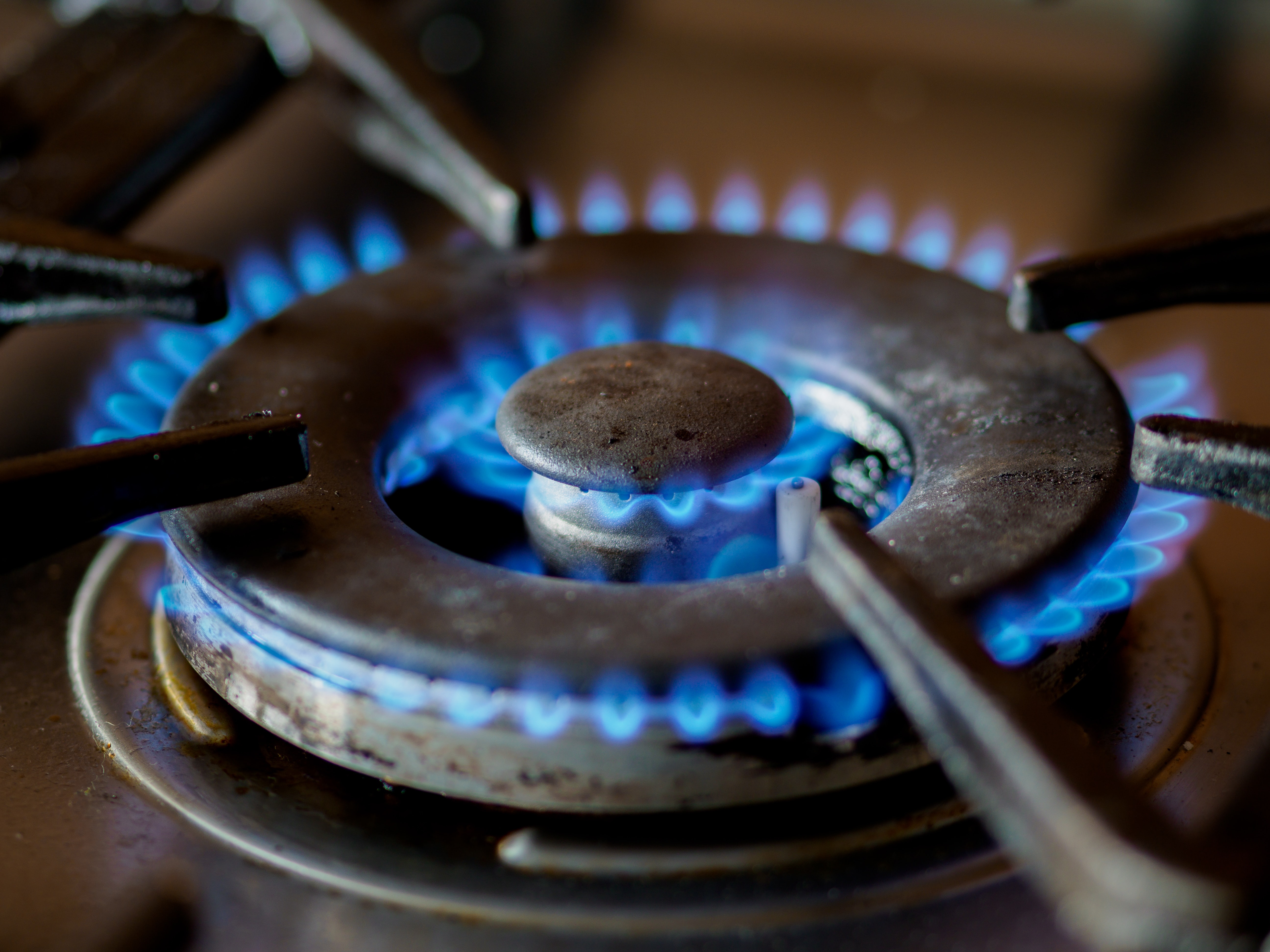Every high school economics student knows at least two things. First, in a properly functioning market, the price of a product will be determined by supply and demand. If demand is greater than supply, the price will rise.
Second, and even more obvious, if there are two buyers for one product, the supplier will sell to the consumer offering the higher price.
In Australia’s gas market, some still try to argue this second point doesn’t always hold. They want us to believe gas producers are selling gas on global markets at a lower price than they can sell it for here, even as their costs of production rise. The mistake these people make is to confuse secure gas-supply contract prices with spot market prices where buyers take their chances and exploit moments of over-supply. This is an unfair comparison because buyers will always pay a premium for security of supply.
Now Scott Morrison and his Energy Minister Angus Taylor also want to challenge the law of supply and demand. They want you to believe they can keep consumer prices down by using their legislative power to set gas prices. But when governments threaten to dictate the price of a product as a vote-winning exercise, investors run for the door and supply dries up. When supply dries up, demand runs ahead of supply and prices rise. That’s exactly what Scott Morrison is threatening to do, and the result will be higher prices for householders, electricity generators and manufacturers.
If governments are serious about keeping gas prices down, they need to do three things. First, they need to facilitate more supply by ensuring project approvals processes are sufficiently robust to protect our natural environment but timely enough to encourage investment proposals.
Second, we need more pipeline connectivity to transport the gas from point of extraction to point of consumption. Also, to bring more competition to the gas pipeline sector, so that both producers and consumers have pipeline options.
Third, to bring forward investment in pipeline projects, government should underwrite gas pipeline investment. Potential investors in gas pipelines often face a “chicken or egg” dilemma. They can’t sign up gas customers until they can prove they have secured the finance necessary to build the pipeline, and they can’t secure finance until they can show the lender they have the customers needed to secure a return on their investment. By underwriting a pipeline project, the government is simply giving the lender the assurances he or she needs. It involves no cost to the taxpayer.
Of course, all of the above is a bit moot If you believe we can achieve 100 % renewables in the foreseeable future. That is simply not possible. Only around 20 per cent of primary energy globally is electricity, the rest is fuels like gas. We need gas to keep us warm, we need it to cook, and our manufacturers need it to make things. Around 30 per cent of our gas is used as a feedstock, or ingredient, in the manufacture of clothing, plastics, electronics, beauty products, medical supplies and personal protective equipment to name just a few.
We desperately need more gas for electricity generation too. Indeed, we need it more than ever before. As our coal-fired electricity generators fast approach the end of their physical and economic lives, we need new sources of fast-start firming generation.
The Australian Energy Market Operator (AEMO) has told us that to 2040 we will need at least 6 GW and possibly 19 GW of new “flexible utility scale dispatchable” forms of electricity. That’s the equivalent of between three and ten Liddell coal-fired power stations. That’s more hydro generation, gas generation, and battery storage. It’s not a choice of one or the other – we will need all of them. The option available right now is more gas generation, but to make it happen we need to put downward pressure on gas prices by encouraging investment and competition.
If we don’t get more gas out of the ground, what will power our gas stoves and heating systems? Next time you press the “on button” remember where the gas is coming from. Remember, too, it is increasingly coming from Queensland where governments have warmly embraced the gas sector and all the jobs it creates. As our traditional gas fields deplete, NSW and Victoria are becoming increasingly dependent on our northern neighbours. The ACCC has pointed out that if this continues to be the case, we can expect gas prices in the southern states to rise.
In the last two years Australians have installed solar generation the equivalent of six Liddell Power Stations. But as AEMO has pointed out, we can’t keep putting more renewable energy into the grid without impacting on its stability and reliability. That’s the other reason we need to put more gas generation into the system.
Scott Morrison’s threats to regulate prices confirms his government is the most interventionist in my lifetime. But if he’s serious about allowing more renewable energy in the system and serious about keeping energy prices down, he’ll fix the market failures in the gas market and then let the market set the price. It’s the only sure path to affordable prices and a stronger manufacturing sector.
This article was published in The Daily Telegraph on Friday, 16 April 2021



